Geospatial Identifier Network Modal Design and Scenario Applications for Vehicle-Infrastructure Cooperative Networks
-
摘要: 车路协同网络的拓扑结构变化频繁、业务需求呈现多样性等特征,给数据高效可靠传输带来了挑战。基于地理位置信息的网络协议标准,结合多模态网络的柔性可扩展架构,提出并设计了一种地理空间标识网络模态,在三层网络层协议上将IP替换为地理空间标识网络协议,并在可编程多模态网元设备上实现了基于地理空间信息的寻址和路由。为了验证地理空间标识网络模态的可用性,面向智慧交通场景研制了支持地理空间标识寻址机制的车路协同智慧交通系统,有效实现车路协同系统中包括道路安全和交通信息的传播。系统实验表明该系统具备良好的稳定性和高效性,可应用于泛连接、弹性业务流量等典型车路协同交通场景。Abstract:
Objective Vehicle-infrastructure cooperative networks (V2X) are characterized by environmental openness, large node counts, high node mobility, frequent changes in network topology, unstable wireless channels, and diverse service requirements. These technical features present significant challenges to the efficient transmission of data. Thus, rapid network reconfiguration based on different service requirements becomes crucial, and constructing a flexible real-time network is essential for the application of V2X technologies in intelligent transportation systems (ITS). With the rise of programmable network technologies, programmable data plane techniques are driving a shift from “rigid architectures” to “flexible, adaptive” systems, enhancing the flexibility of intelligent transportation networks. In this context, a network protocol standard based on geospatial location information is proposed. Combining this standard with a polymorphic network architecture, a geospatial identifier network modal is designed. In this modal, the traditional three-layer protocol is replaced by packets containing geographic location identifiers, enabling packet forwarding directly based on geographic location information. Addressing and routing based on geographic location are more efficient and convenient than traditional IP-based addressing and routing. Furthermore, a geospatial identifier-based vehicle-infrastructure cooperative traffic system is designed for intelligent transportation scenarios. This system supports direct forwarding of packets based on geographic location information, offering flexibility in supporting the dissemination of road safety and traffic information within the V2X system, ensuring vehicle safety and improving route planning efficiency. Methods Based on the network protocol standard for geospatial location information and the flexible and scalable architecture of polymorphic networks, a geospatial identifier network modal is proposed. This modal replaces IP with a geospatial identifier network protocol at the three-layer network layer and implements addressing and routing based on geospatial information on programmable polymorphic network elements. To achieve end-to-end transmission, a geospatial identifier network modal protocol stack is designed, effectively supporting the unified transmission of various network modals. Additionally, considering the service demands and transmission characteristics of the GEO network modal, we develop a dynamic geographic routing mechanism. This mechanism operates within a multimodal network controller and leverages the relatively stable coverage areas of roadside base stations to establish a two-level mapping: "geographic region - base station/geographic coordinates - terminal". This enables precise end-to-end path matching for GEO network modal packets, achieving flexible and centrally controlled geographic forwarding. To validate the usability of the geospatial identifier network modal, a vehicle-infrastructure cooperative intelligent transportation system that supports the geospatial identifier addressing mechanism is developed, effectively facilitating the dissemination of road safety and traffic information. A detailed analysis of the business functional requirements of the intelligent transportation system is conducted, followed by the design of the business processing flow and the overall system. Additionally, key hardware and software modules, including geospatial representation data plane code, traffic control center services, road test base stations, and vehicle terminals, are designed and their implementation logic is provided. Results and Discussions System evaluation includes four main aspects: system evaluation environment, system operational effectiveness, theoretical analysis and performance evaluation. As shown in Figure 7 and8 , a prototype intelligent transportation system is deployed. The system is tested and validated to ensure it can transmit messages according to the geospatial identifier modal. Taking a typical V2V communication scenario as an example (e.g., onboard terminal T3 sending a road condition alert M to T2), we use sequence analysis to compare the forwarding efficiency of the GEO network modal against traditional IP protocols. Theoretical analysis demonstrates that the GEO network modal offers significant technical advantages in forwarding efficiency, as illustrated inFigure 9 . Further tests are conducted by varying conditions such as the number of terminals (Figure 10 ), background traffic (Figure 11 ), and transmission bandwidth (Figure 12 ) to assess the changes in transmission performance of geospatially represented modal packets. The network modal transmission performance of the intelligent transportation system is analyzed. System performance evaluation experiments demonstrate that the system exhibits good stability and high efficiency, meeting the demands of typical V2X traffic scenarios, such as massive connectivity and elastic traffic flows.Conclusions Combining the flexible and scalable architecture of polymorphic networks with the network protocol standard for geospatial location information, the geospatial identifier network modal is proposed and successfully implemented, enabling direct packet forwarding based on geospatial location. Additionally, for intelligent transportation scenarios, a prototype vehicle-infrastructure cooperative intelligent transportation system based on geospatial identifier addressing is designed. This system supports a variety of applications within the V2X context, such as road safety alerts and traffic information broadcasting. The intelligent transportation system ensures vehicle safety and enhances route planning efficiency. Experimental results show that the system provides excellent stability and efficiency, effectively supporting typical traffic scenarios involving massive connectivity, network background traffic fluctuations, and elastic service traffic. As vehicular network technologies continue to evolve, this system is expected to play a significant role in broader intelligent transportation fields, providing strong support for the development of safer and more efficient smart transportation systems. -
表 1 路由表项计算过程的类Python伪代码表示
1 def compute_geo_routing_entry(self, src_switch,
dest_coords):2 # 步骤1:地理编码,将地理坐标转化为GeoHash编码 3 target_geohash = geohash_encode(dest_coords,
precision=6)4 # 步骤2:查找目标区域对应的边缘交换机(网络出口) 5 edge_switches = self.geo_area_to_switches.get(target_
geohash[:4]) # 使用较粗前缀匹配区域6 # 步骤3:计算最优路径(综合网络与地理因素) 7 初始化 best_path, min_metric 8 for edge_sw in edge_switches: 9 path = self.find_shortest_path(src_switch, edge_sw)
# 基于拓扑查找最短路径10 network_cost = self.calculate_path_cost(path) # 计算
网络代价11 geo_distance = haversine_distance(src_switch,
target_geohash) # 计算地理距离惩罚12 total_metric = network_cost + 0.1 * geo_distance #
计算综合度量13 if total_metric < min_metric: 14 min_metric = total_metric 15 best_path = path 16 # 步骤4:生成流表项 17 next_hop = best_path[1] # 第一跳的下一跳 18 out_port = self.topology.get_port(src_switch, next_hop)
# 转发端口19 flow_entry = { 'priority': 100, 'match': {'dest_prefix':
target_geo}, 'actions': [{'type': 'OUTPUT', 'port':
out_port}]} # 产生流表项20 return flow_entry -
[1] 中共中央, 国务院. 交通强国建设纲要[R]. 北京: 中华人民共和国中央人民政府, 2019.State Council. Outline for the construction of a strong transportation country[R]. Beijing: The Central People's Government of the People's Republic of China, 2019. (查阅网上资料, 未找到对应的英文翻译信息, 请确认补充). [2] 交通运输部, 国家铁路局, 中国民用航空局, 等. 加快建设交通强国五年行动计划(2023—2027年)[R]. 北京: 交通运输部办公厅, 2023.Ministry of Transport, National Railway Administration, Civil Aviation Administration of China, et al. Five-year action plan for accelerating the construction of a strong transportation country (2023–2027)[R]. Beijing: Office of the Ministry of Transport, 2023. [3] 齐晓鑫. 低轨卫星网络路由算法与拓扑控制策略研究[D]. [博士论文], 西安电子科技大学, 2022. doi: 10.27389/d.cnki.gxadu.2022.000103.QI Xiaoxin. Research on routing algorithm and topology control strategy of LEO satellite networks[D]. [Ph. D. dissertation], Xidian University, 2022. doi: 10.27389/d.cnki.gxadu.2022.000103. [4] AL-OMAISI H, SUNDARARAJAN E A, ALSAQOUR R, et al. GeoISA: A new road-topology-assisted geo-based content discovery scheme for vehicular named data networking[J]. Vehicular Communications, 2023, 40: 100573. doi: 10.1016/j.vehcom.2023.100573. [5] HAO Haiyan, WANG Yan, DU Lili, et al. Enabling smart curb management with spatiotemporal deep learning[J]. Computers, Environment and Urban Systems, 2023, 99: 101914. doi: 10.1016/j.compenvurbsys.2022.101914. [6] LI Dongshuang, YU Zhaoyuan, LUO Wen, et al. Optimal route searching with multiple dynamical constraints——a geometric algebra approach[J]. ISPRS International Journal of Geo-Information, 2018, 7(5): 172. doi: 10.3390/ijgi7050172. [7] LIU Baoju, LONG Jun, DENG Min, et al. An adaptive route planning method of connected vehicles for improving the transport efficiency[J]. ISPRS International Journal of Geo-Information, 2022, 11(1): 39. doi: 10.3390/ijgi11010039. [8] KARP B and KUNG H T. GPSR: Greedy perimeter stateless routing for wireless networks[C]. The 6th Annual International Conference on Mobile Computing and Networking, Boston, USA, 2000: 243–254. doi: 10.1145/345910.345953. [9] MAZOUZI M, MERSHAD K, CHEIKHROUHOU O, et al. Agent-based reactive geographic routing protocol for internet of vehicles[J]. IEEE Access, 2023, 11: 79954–79973. doi: 10.1109/ACCESS.2023.3299230. [10] ETEMAD M, SOARES JÚNIOR A, and MATWIN S. Predicting transportation modes of GPS trajectories using feature engineering and noise removal[C]. The 31st Canadian Conference on Artificial Intelligence, Toronto, Canada, 2018: 259–264. doi: 10.1007/978-3-319-89656-4_24. [11] NISHIYAMA H, TADA Y, KATO N, et al. Toward optimized traffic distribution for efficient network capacity utilization in two-layered satellite networks[J]. IEEE Transactions on Vehicular Technology, 2013, 62(3): 1303–1313. doi: 10.1109/TVT.2012.2227861. [12] ZHENG Yu, XIE Xing, and MA Weiying. GeoLife: A collaborative social networking service among user, location and trajectory[J]. IEEE Data Engineering Bulletin, 2010, 33(1): 32–39. [13] HU Yuxiang, LI Dan, SUN Penghao, et al. Polymorphic smart network: An open, flexible and universal architecture for future heterogeneous networks[J]. IEEE Transactions on Network Science and Engineering, 2020, 7(4): 2515–2525. doi: 10.1109/TNSE.2020.3006249. [14] 胡宇翔, 伊鹏, 孙鹏浩, 等. 全维可定义的多模态智慧网络体系研究[J]. 通信学报, 2019, 40(8): 1–12. doi: 10.11959/j.issn.1000-436x.2019192.HU Yuxiang, YI Peng, SUN Penghao, et al. Research on the full-dimensional defined polymorphic smart network[J]. Journal on Communications, 2019, 40(8): 1–12. doi: 10.11959/j.issn.1000-436x.2019192. [15] DUAN Xiaoyu, LIU Yanan, and WANG Xianbin. SDN enabled 5G-VANET: Adaptive vehicle clustering and beamformed transmission for aggregated traffic[J]. IEEE Communications Magazine, 2017, 55(7): 120–127. doi: 10.1109/MCOM.2017.1601160. [16] CAMPOLO C, MOLINARO A, and SCOPIGNO R. Vehicular Ad Hoc Networks: Standards, Solutions, and Research[M]. Cham: Springer, 2015: 221–247. doi: 10.1007/978-3-319-15497-8. [17] VUKOVIC T. Hilbert-geohash-hashing geographical point data using the Hilbert space-filling curve[D]. [Master dissertation], NTNU, 2016. -





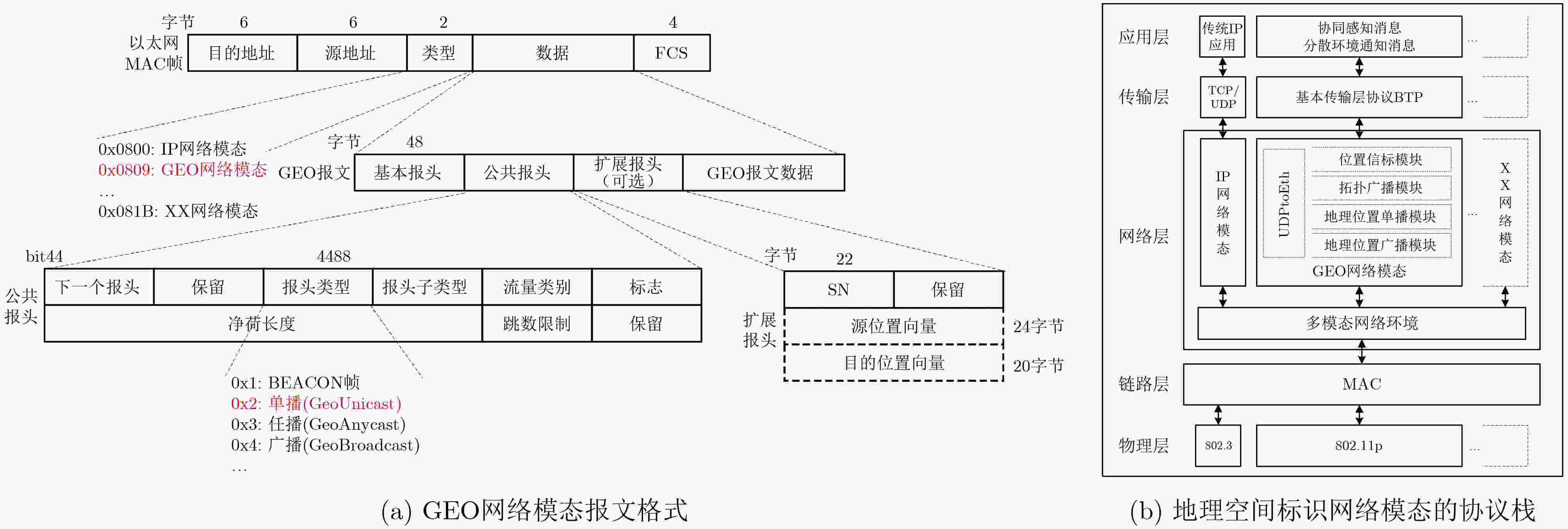
 下载:
下载:
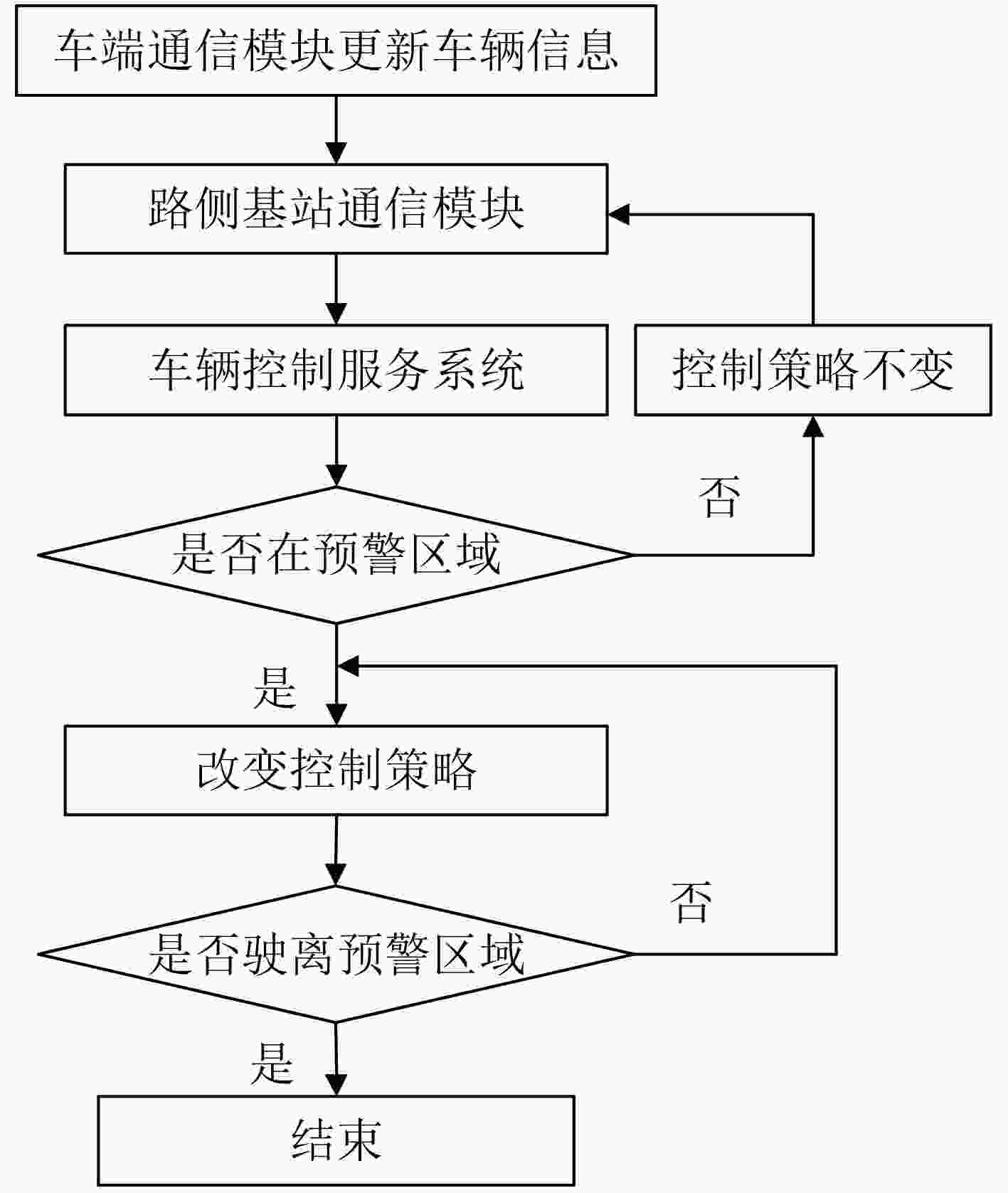

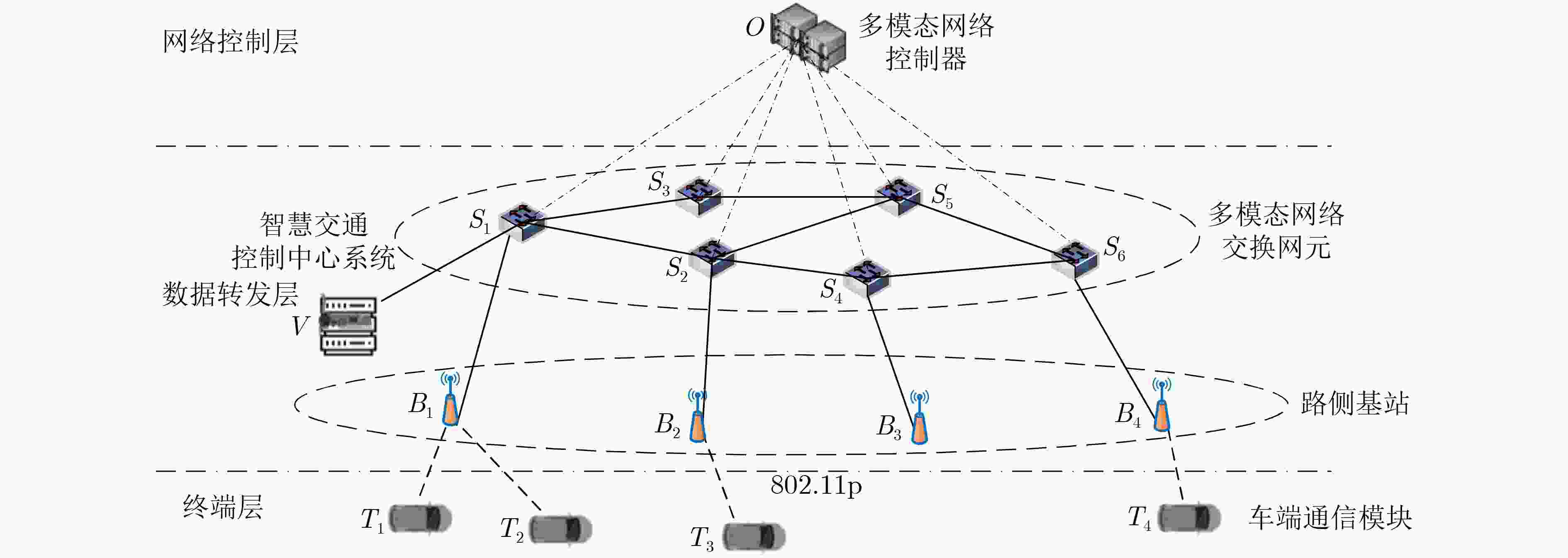
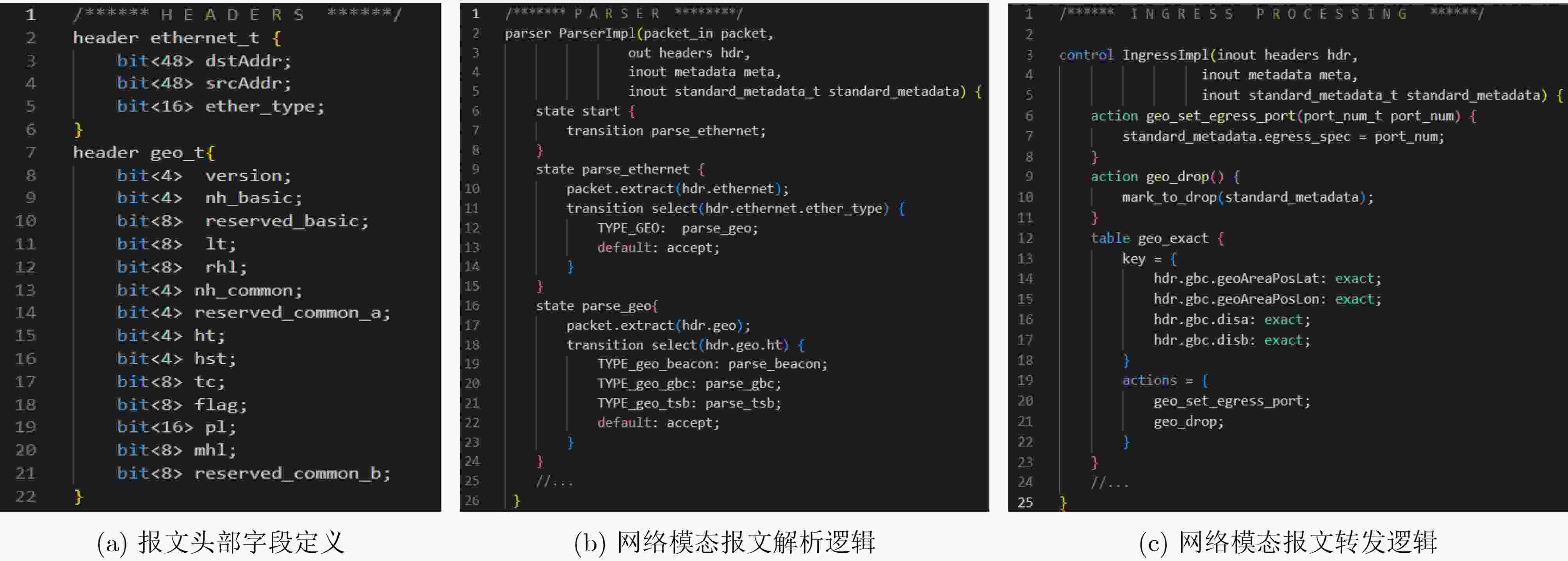


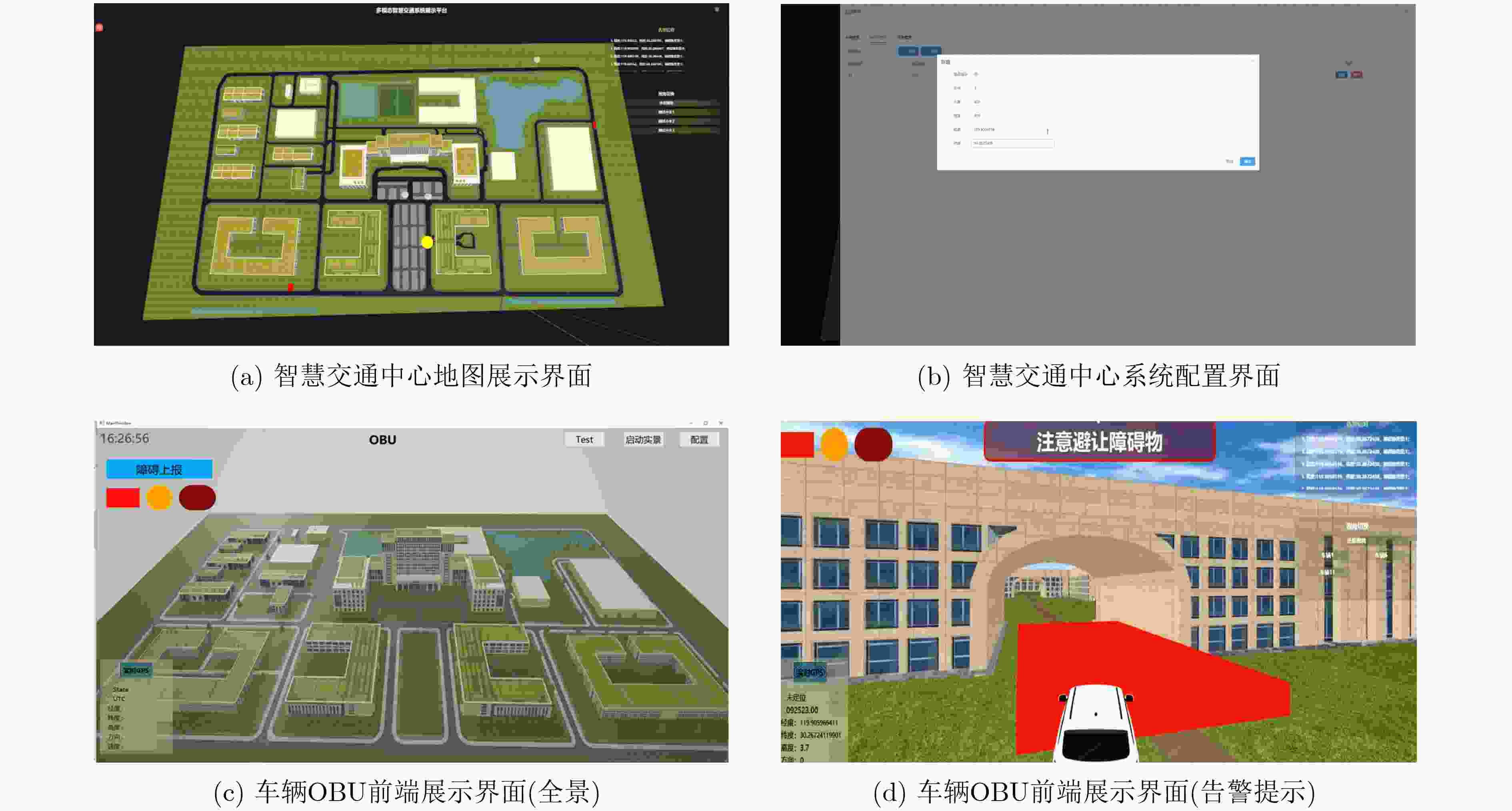
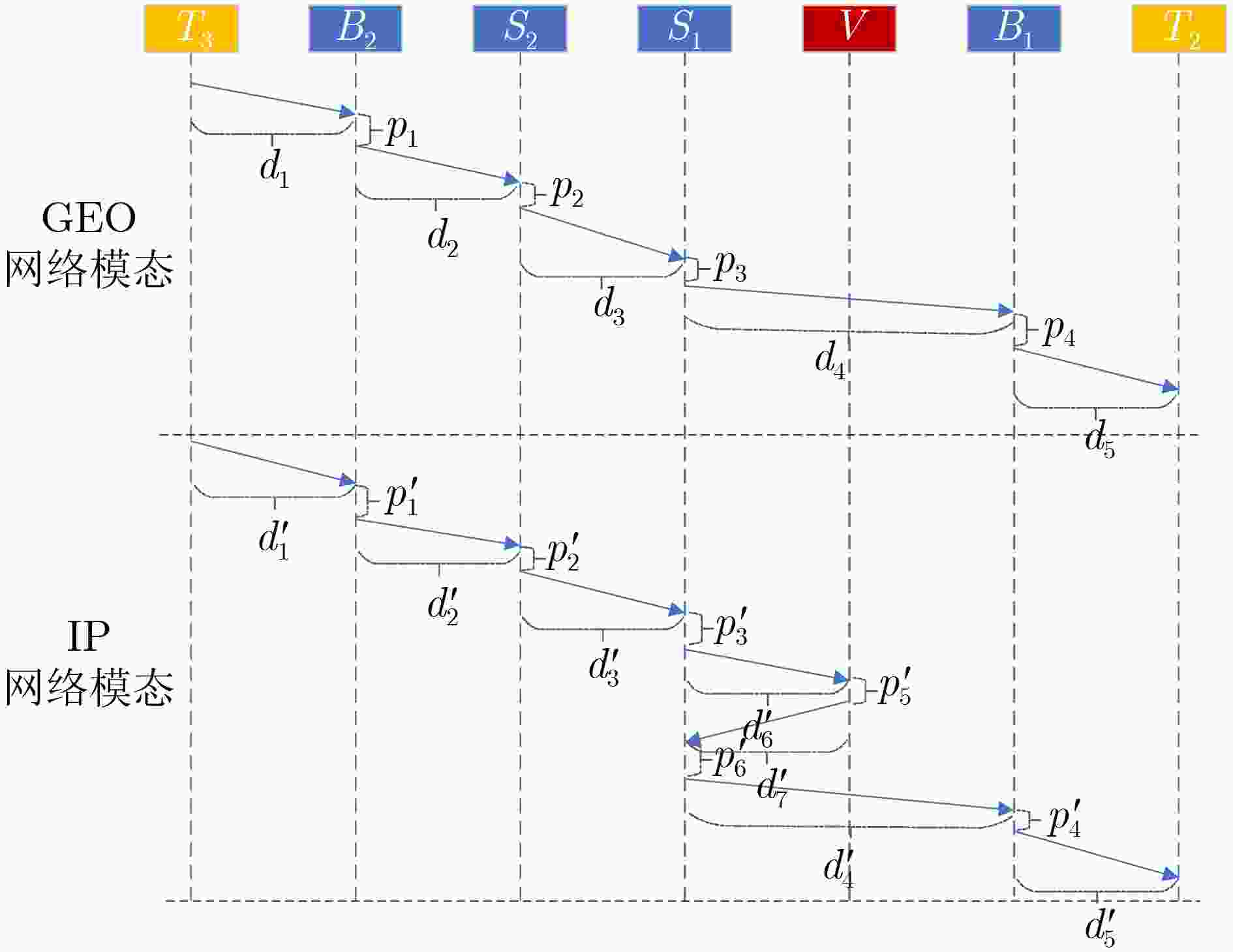
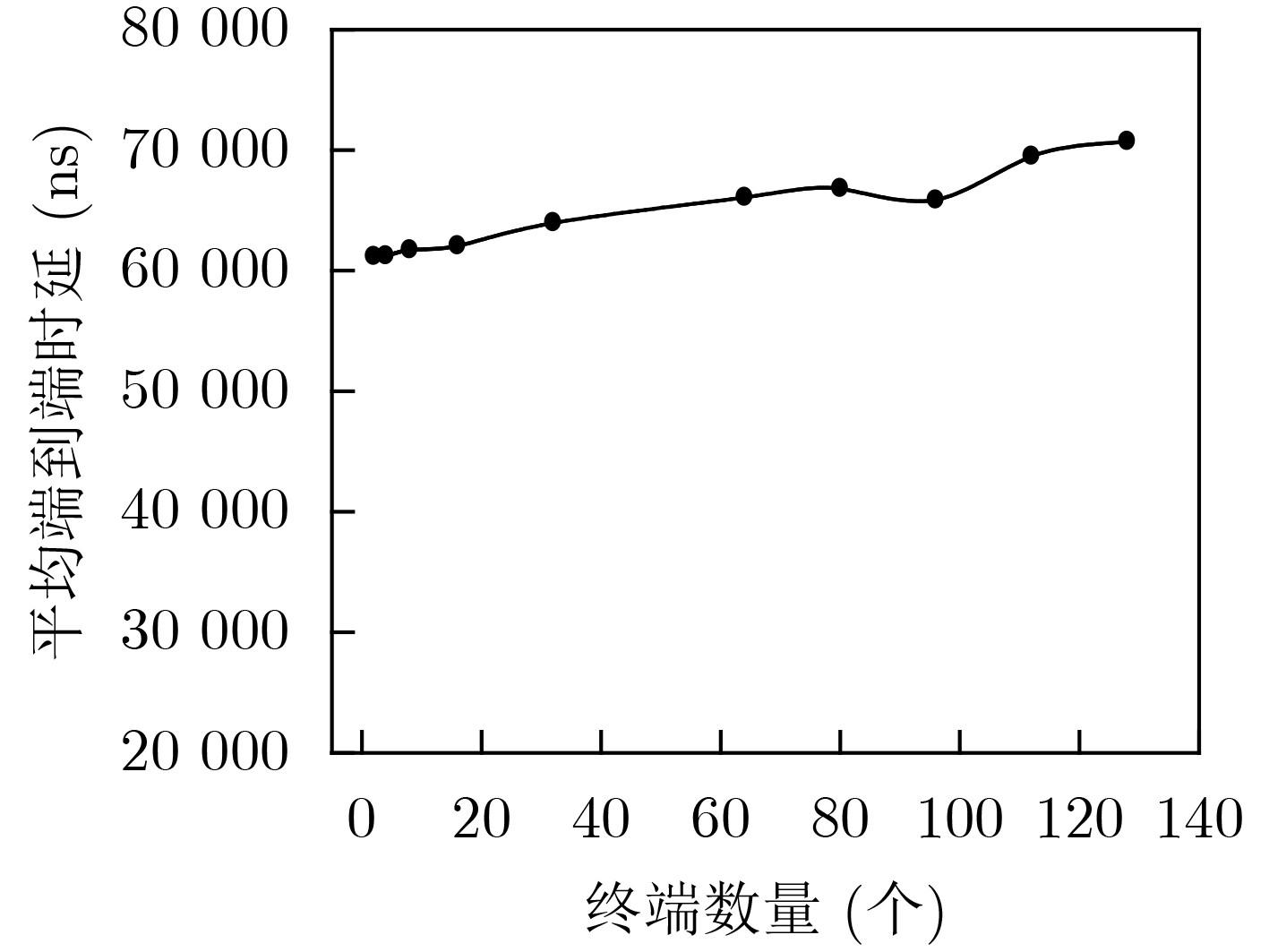
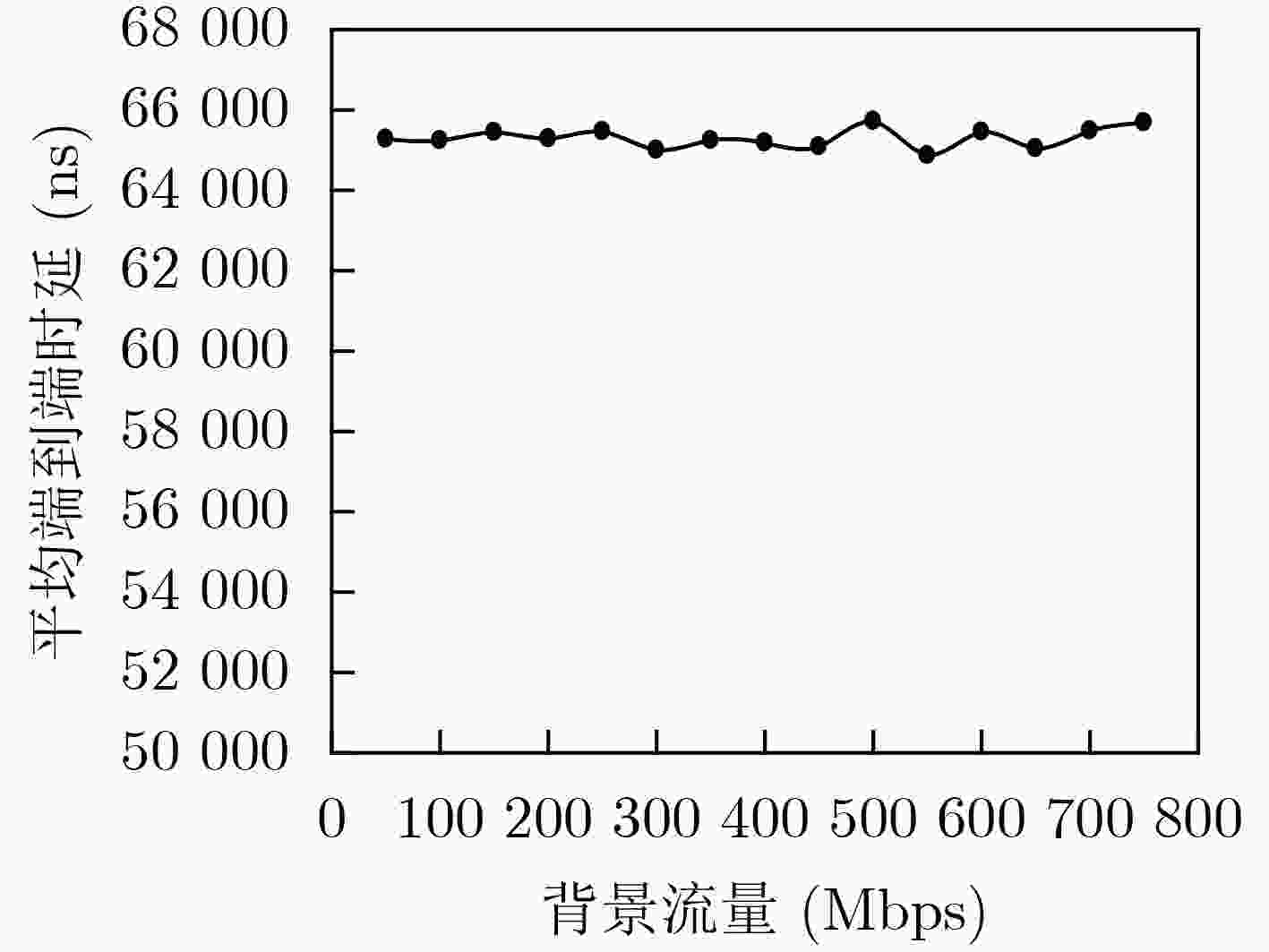
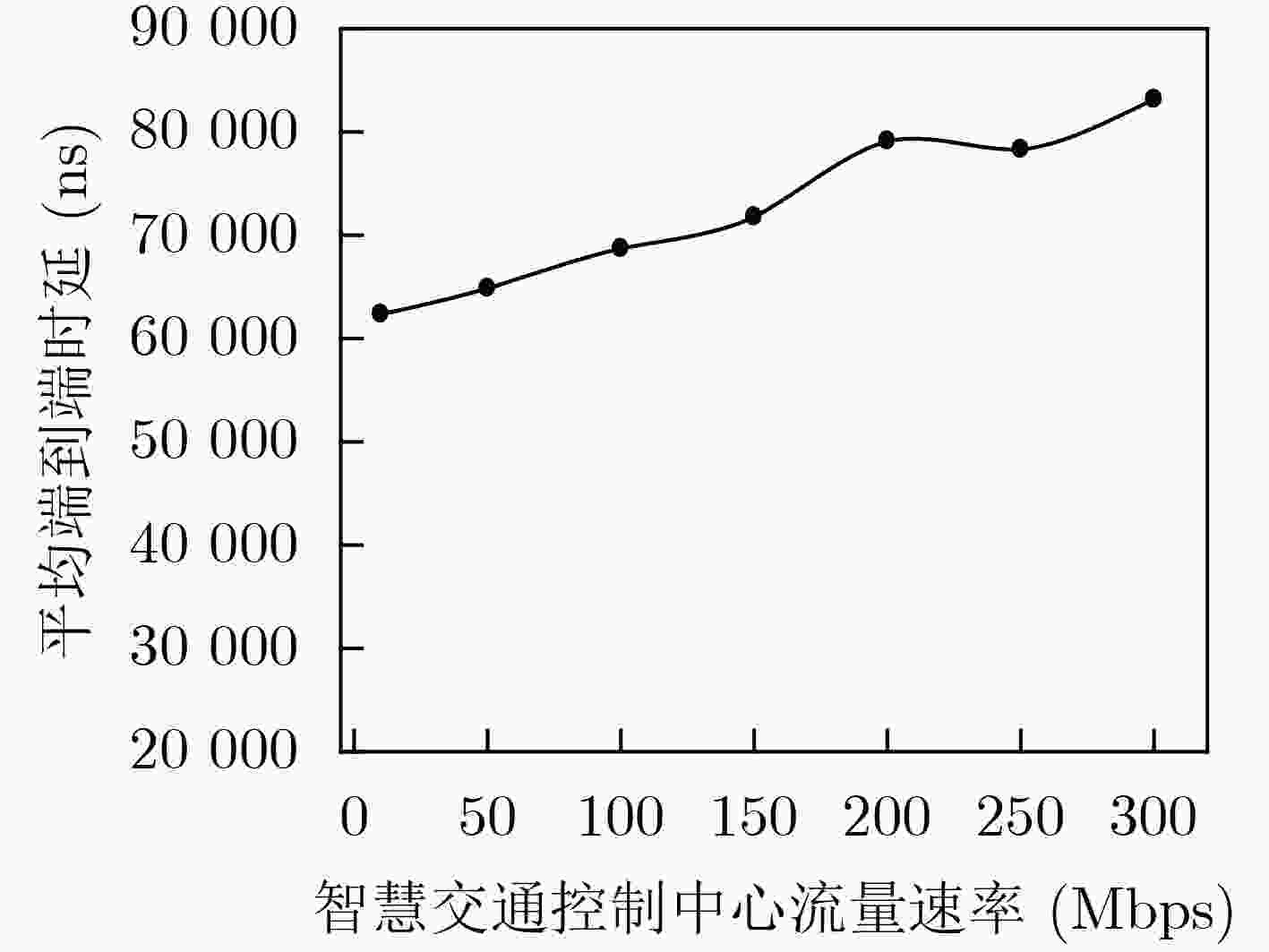


 下载:
下载:
